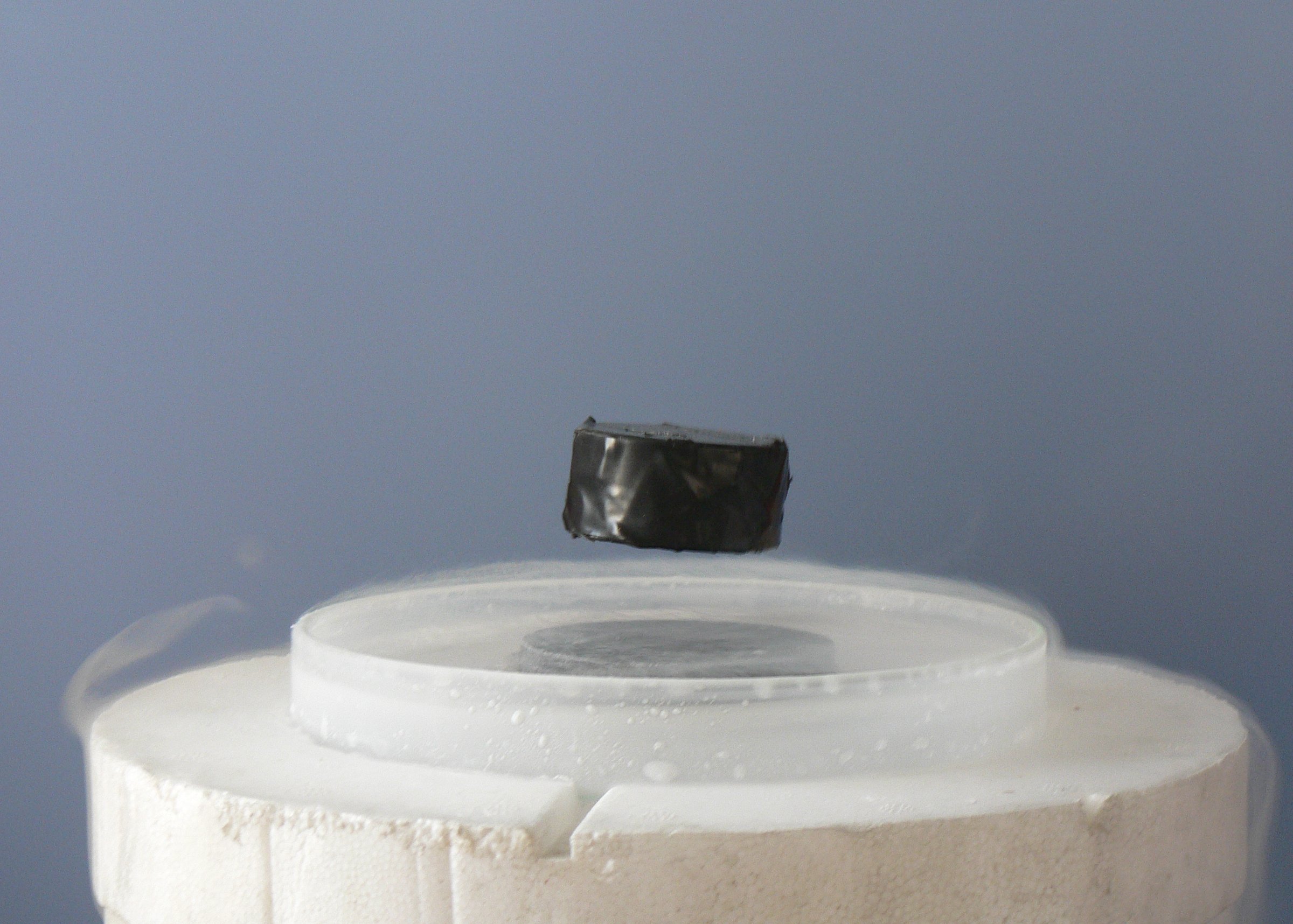Superconductivity
- Introduction to Superconductivity
- Theoretical Foundations
- Types of Superconductors
- Superconducting Materials
- Superconducting Phenomena
- Superconducting Devices
- Superconductivity and Quantum Computing
- Challenges in Superconductivity
- Future of Superconductivity
- Case Study: Superconductivity in Energy Sector
- Case Study: Superconductivity in Medical Field
- Case Study: Superconductivity in Transportation
Review and Discussion
Final Thoughts and Course Wrap-up on Superconductivity

Electrical conductivity with exactly zero resistance.
As we conclude our comprehensive journey through the fascinating world of superconductivity, it's time to reflect on the importance and potential of this phenomenon in various sectors and discuss potential future developments.
Reflection on the Importance and Potential of Superconductivity
Superconductivity, with its ability to conduct electric current without resistance, holds immense potential for revolutionizing various sectors. From energy transmission and storage to transportation and medical technology, the applications of superconductivity are vast and transformative.
In the energy sector, superconducting cables can potentially reduce energy loss during transmission, making our power grids more efficient. Superconducting generators and transformers can also significantly enhance the efficiency of power generation and distribution.
In transportation, superconductivity is the key technology behind Maglev trains, which levitate above the track, reducing friction and enabling high-speed travel. The potential for superconductivity in electric vehicles could also lead to more efficient and longer-lasting batteries.
In the medical field, superconductivity is already playing a crucial role. MRI machines, which rely on superconducting magnets, have revolutionized medical imaging. The potential for SQUID-based biomagnetism could lead to even more sensitive and accurate diagnostic tools.
Discussion on Potential Future Developments
Looking ahead, the quest for room-temperature superconductivity remains one of the holy grails of physics. Recent research has shown promising results, but there is still a long way to go. Achieving this could open up a plethora of new applications and make existing ones more practical and cost-effective.
New superconducting materials are also being discovered and studied. These materials could potentially exhibit higher critical temperatures or unique properties that could further expand the applications of superconductivity.
Final Thoughts on the Course and the Field of Superconductivity
Throughout this course, we have delved deep into the theory and applications of superconductivity. We have explored its history, its underlying principles, the different types of superconductors, and their various applications. We have also discussed the challenges and future prospects of this field.
As we wrap up, it's important to remember that the field of superconductivity is dynamic and constantly evolving. The knowledge we have today is the result of over a century of research and discovery, and there is still much more to learn and discover.
Thank you for your active participation and engagement throughout this course. It's been a pleasure exploring the fascinating world of superconductivity with you. As we part ways, I encourage you to continue learning and exploring this exciting field. Who knows, you might be part of the next big breakthrough in superconductivity!